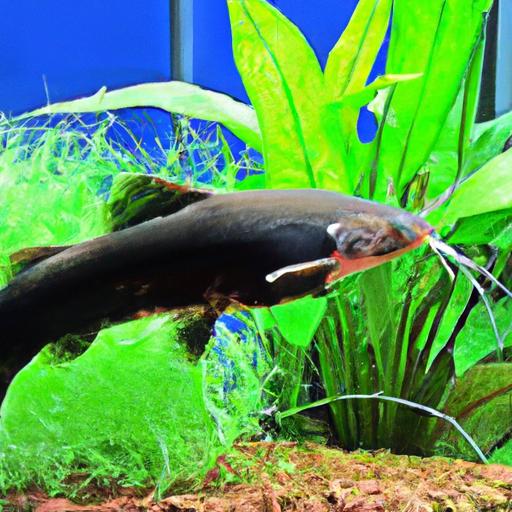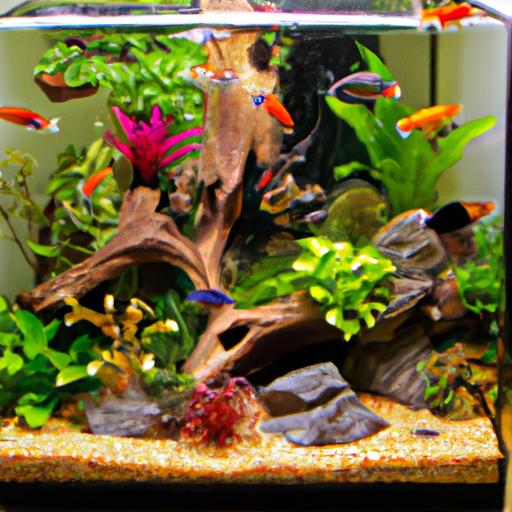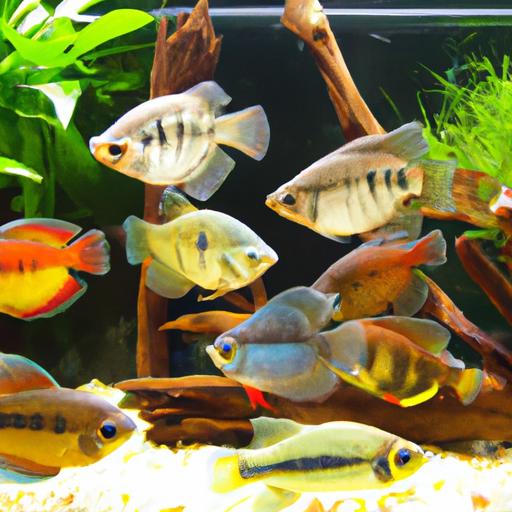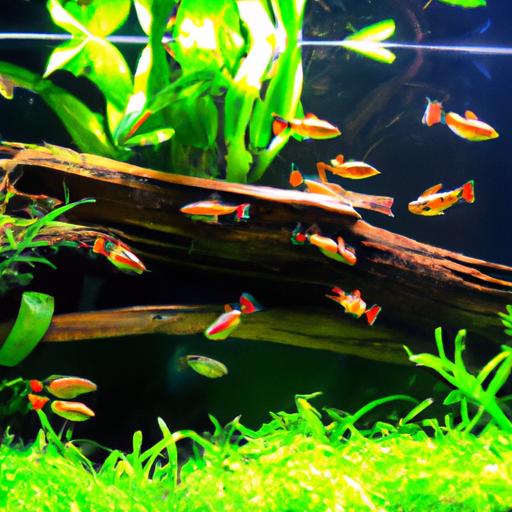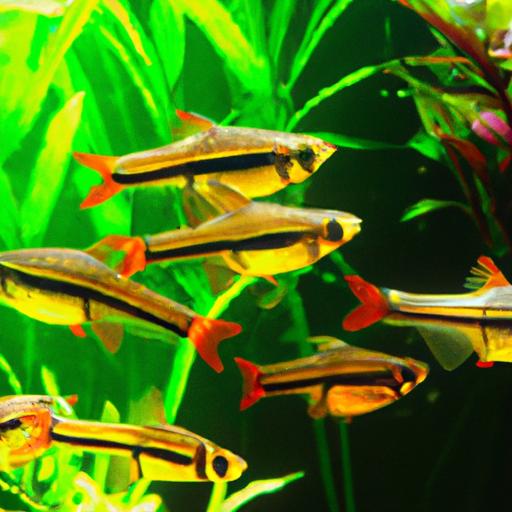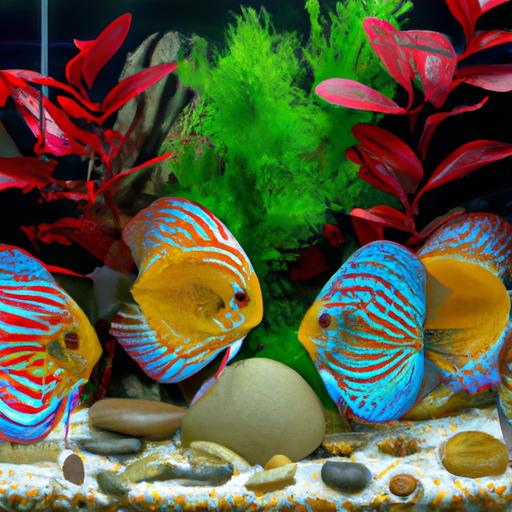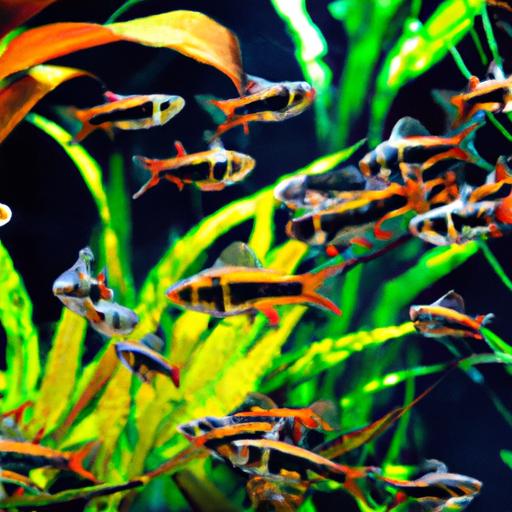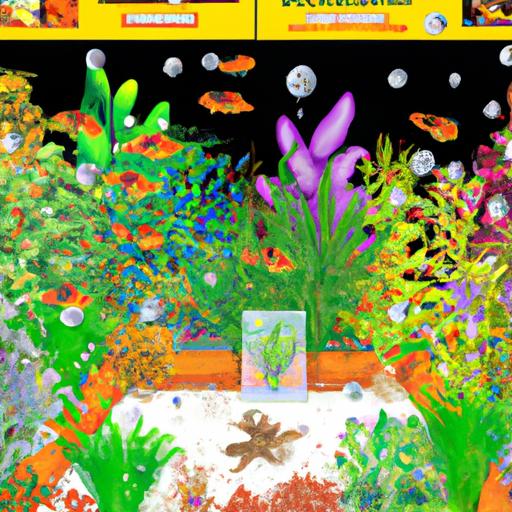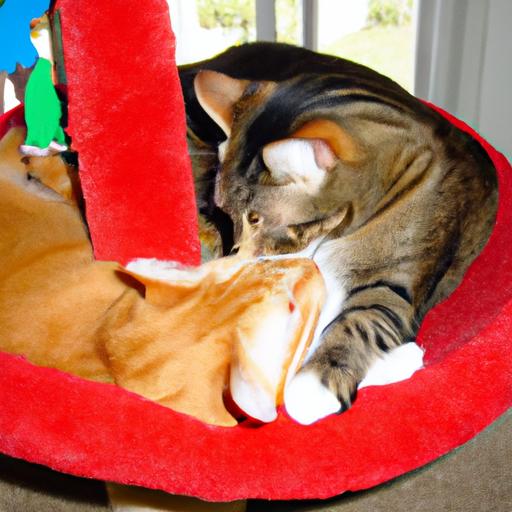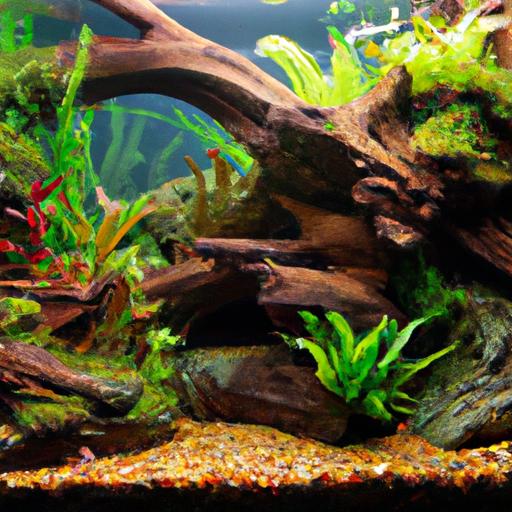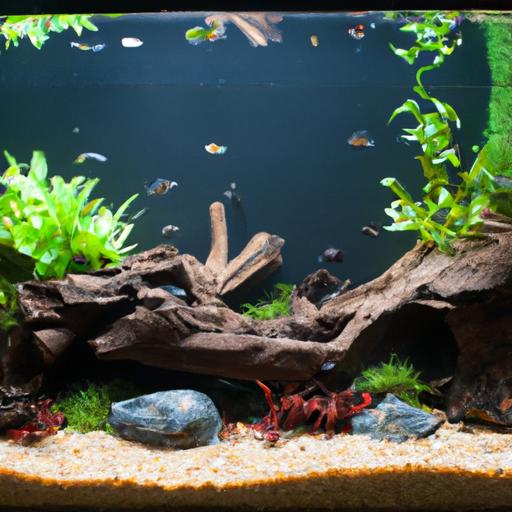
Tips for Successful Killifish Tank Setup
Discover essential tips for a successful killifish tank setup. Learn about tank size, water parameters, compatible tank mates, and more.
Introduction
Setting up a killifish tank can be a rewarding and enjoyable experience for any fish enthusiast. However, it requires careful planning and attention to detail to create an environment that promotes the health and well-being of these beautiful creatures. In this article, we will provide you with valuable tips and insights on how to set up your killifish tank for success.
Tips for Successful Killifish Tank Setup
1. Choosing the right tank size and shape
The first step in setting up a killifish tank is selecting the appropriate size and shape. Killifish thrive in spacious environments, so it’s essential to provide them with enough room to swim and explore. A general rule of thumb is to allocate at least 5 gallons of water per killifish. Additionally, consider the shape of the tank; rectangular tanks provide more swimming space compared to round or hexagonal ones.
2. Selecting suitable substrate and decorations
Killifish appreciate natural-looking environments, so choosing the right substrate and decorations is crucial. Opt for fine-grained gravel or sand as the substrate, which mimics their natural habitat. Adding live plants, driftwood, and rocks not only enhances the aesthetic appeal but also provides hiding places and territories for your killifish.
3. Providing appropriate lighting and filtration
Proper lighting is essential for the overall health and well-being of your killifish. Aim for a lighting setup that closely resembles their natural habitat, with a balance between light and shade. Additionally, invest in a reliable filtration system to maintain water quality and remove any waste buildup. Regular water changes and filter maintenance are also crucial for a successful killifish tank.
4. Ensuring proper water parameters
Killifish are sensitive to water conditions, so it’s vital to maintain optimal parameters. They prefer slightly acidic to neutral water with a pH range of 6.5 to 7.5. Keep the temperature between 72 to 78 degrees Fahrenheit, depending on the species. Conduct regular water tests to monitor ammonia, nitrite, and nitrate levels, ensuring they remain within acceptable ranges.
5. Introducing compatible tank mates
When selecting tank mates for your killifish, it’s important to ensure compatibility. Avoid keeping aggressive or nippy species that may harm or stress the killifish. Peaceful and small-sized fish like tetras, rasboras, and small catfish can coexist harmoniously with killifish. Research the temperament and behavior of potential tank mates before introducing them into the killifish tank.
6. Maintaining regular tank maintenance routine
To keep your killifish tank thriving, establish a regular maintenance routine. This includes regular water changes, cleaning the gravel or sand bed, and monitoring the filtration system. Remove any uneaten food or debris promptly to prevent water contamination. Additionally, observe the behavior and appearance of your killifish daily to detect any signs of illness or stress.
FAQ (Frequently Asked Questions)
What water parameters do killifish prefer?
Killifish thrive in slightly acidic to neutral water with a pH range of 6.5 to 7.5. They prefer water temperatures between 72 to 78 degrees Fahrenheit.
How often should I feed my killifish?
Feed your killifish once or twice a day, offering a variety of high-quality foods suitable for their dietary needs. It’s important not to overfeed them to avoid polluting the water.
Can I keep multiple killifish species together?
While it’s generally recommended to keep killifish species separately due to differences in behavior and habitat preferences, some species with similar requirements can coexist peacefully. Research the specific species you want to keep together and provide adequate space and hiding spots.
What are some common diseases that affect killifish?
Killifish can be susceptible to diseases such as ich, fin rot, and velvet. Maintaining good water quality, providing a balanced diet, and quarantining new fish before introducing them to the tank can help prevent these diseases.
How long do killifish live on average?
The lifespan of killifish varies depending on the species and care provided. In general, most killifish live for about 2 to 4 years in captivity, but some species can live up to 8 years with proper care.
Conclusion
Setting up a successful killifish tank requires careful consideration and attention to detail. By following the tips outlined in this article, you can create an ideal environment for your killifish to thrive. Remember to choose the right tank size, provide suitable substrate and decorations, maintain appropriate water parameters, introduce compatible tank mates, and establish a regular maintenance routine. By doing so, you’ll be rewarded with a vibrant and healthy killifish tank that will bring joy and beauty to your home.
